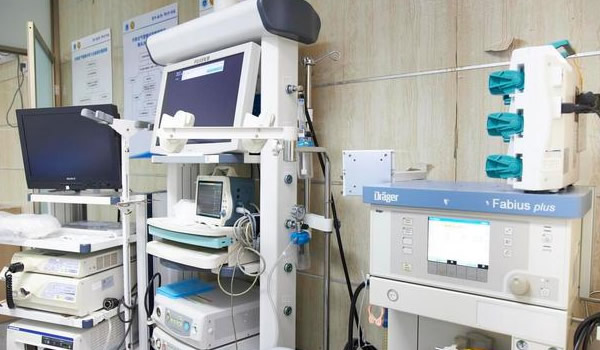Stroke is a leading cause of death and long-term disability in Asia, accounting for more than 60% of global stroke cases. Advances in emergency care, acute treatments, and long-term rehabilitation are improving survival and quality of life for stroke patients. This article explores stroke treatment options in Asia, from emergency response to rehabilitation strategies, while analyzing regional challenges and opportunities for improvement.

Stroke: A Major Health Challenge in Asia
- Global burden: More than 12 million new strokes occur annually, with nearly 6.5 million deaths.
- Asia’s share: Over 60% of stroke cases and deaths occur in Asia.
- Demographics: Higher prevalence in middle-aged populations compared to Western countries.
- Economic impact: Stroke-related disability causes enormous healthcare and productivity losses.
Types of Stroke and Immediate Treatment
1. Ischemic Stroke (85%)
- Caused by a blood clot blocking brain circulation.
- Treatment: Intravenous thrombolysis (tPA) within 4.5 hours. Mechanical thrombectomy for large vessel occlusion up to 24 hours in select patients.
2. Hemorrhagic Stroke (15%)
- Caused by bleeding due to ruptured blood vessels.
- Treatment: Rapid blood pressure control. Surgery for hematoma evacuation or aneurysm repair. Critical care management for brain swelling.
3. Transient Ischemic Attack (TIA)
- Often called a “mini-stroke.”
- Warning sign for future major stroke.
- Requires immediate medical evaluation.
Emergency Stroke Care in Asia
- Stroke Units: Specialized hospital units improve survival but remain limited in many Asian countries.
- Telestroke programs: Emerging in rural areas to provide remote neurologist support.
- Public awareness campaigns: Promoting the FAST test (Face drooping, Arm weakness, Speech difficulty, Time to act).

Stroke Rehabilitation: Path to Recovery
1. Physical Rehabilitation
- Focus on restoring mobility and strength.
- Techniques include physiotherapy, gait training, and robotic-assisted devices.
2. Occupational Therapy
- Training patients to regain independence in daily activities.
- Home modifications and adaptive tools.
3. Speech and Language Therapy
- Rehabilitation for speech loss (aphasia) and swallowing difficulties.
4. Psychological and Cognitive Support
- Stroke survivors face high rates of depression and anxiety.
- Counseling and community support critical for recovery.
5. Innovative Rehabilitation Approaches
- Virtual reality therapy.
- Brain-computer interface devices.
- Mobile apps for home-based rehab exercises.
Regional Insights
- China: Largest stroke burden globally; strong government focus on prevention and rehabilitation.
- India: Rapidly rising stroke incidence; late hospital arrival is a major barrier.
- Japan: Historically high stroke rates, reduced through salt-reduction policies and advanced care.
- South Korea & Singapore: High-tech rehabilitation programs and stroke centers.
- Southeast Asia: Limited access to emergency care; rehabilitation resources scarce.
Prevention and Secondary Care
- Risk Factor Control Hypertension management is the top priority. Blood sugar control for diabetic patients. Cholesterol management with statins.
- Lifestyle Modifications Salt reduction and balanced diet. Regular physical activity. Smoking cessation and reduced alcohol consumption.
- Medications for Secondary Prevention Antiplatelets (aspirin, clopidogrel). Anticoagulants for atrial fibrillation. Long-term antihypertensive therapy.

Future of Stroke Treatment in Asia
- AI in stroke diagnosis: Early recognition through brain imaging and predictive models.
- Wearables: Devices detecting irregular heart rhythms to prevent stroke.
- Robotic rehab devices: Expanding accessibility to intensive therapy.
- Policy interventions: Expanding stroke units and funding for rural healthcare.
Conclusion
Stroke in Asia remains a critical health challenge, but advances in emergency treatment, rehabilitation, and prevention strategies are improving patient outcomes. The key lies in early detection, timely hospital care, comprehensive rehabilitation, and long-term prevention.
As Asia continues to invest in healthcare infrastructure, stroke survival and recovery rates will improve—reducing disability, enhancing quality of life, and alleviating the economic burden on families and societies.